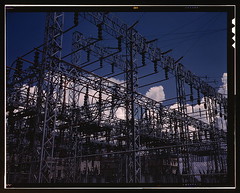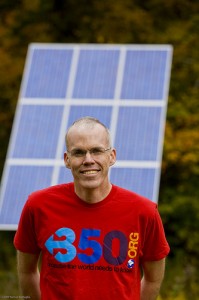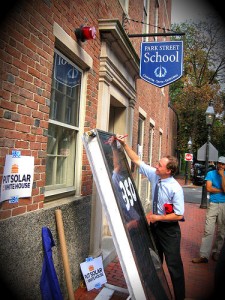On December 29th, Massachusetts officials announced a state-wide plan to cut heat-trapping carbon gases emitted by homes, cars and businesses in the state by 25 percent below 1990 levels over the next decade. The targets set by the plan are the highest allowed under climate legislation passed by the state in 2008 and among the most stringent in the nation. This aligns Massachusetts with states like California and New Mexico, who have already announced similar action.
The Massachusetts plan relies mainly on existing programs such as energy-efficiency standards for building construction, renewable-energy mandates and curbs in the electricity sector under the Regional Greenhouse Gas Initiative, of which Massachusetts is a signatory. Ian Bowles, the state’s energy and environmental secretary, highlighted that the plan is an example of how a state can alter its energy profile with minimal economic impact and predicts instead a net gain in jobs for Massachusetts in the clean energy sector.
Debra Boronski, president of the Massachusetts Chamber of Business and Industry, has doubts about the plan stating, “Our biggest concern — even though it is right to conserve energy — is that alternative resources have to be cost-effective … As far as we know, in Massachusetts, research has shown that alternative energy is more expensive.”
Interestingly, data released by state officials indicated that more than one-third of the total greenhouse-gas emissions in Massachusetts come from the transportation sector. In response to this information, Mr. Bowles announced the state will begin a pilot “Pay As You Drive” program giving drivers an incentive to cut back on unnecessary travel by linking car-insurance premiums to miles driven. Congress has authorized $15 million in grants to insure low-income drivers do not suffer an unequal burden.
Other energy options include hydroelectric power from Quebec, weatherization for resident homes, and economic incentives for homeowners to replace oil-fueled furnaces with more efficient models.
—-
Cambridge Energy Alliance is available to help guide you through the above-mentioned process of weatherization as well as retrofitting your home- all starting with signing you up to have your home looked at. If you would like to take advantage of your free energy assessment (which you have each already paid for via utility bills), please head to the CEA sign-up page, or call their Energy Advising line at 1-617-491-0488, extension 121 today!





 The Cambridge Energy Alliance has participated in many CFL exchange canvasses. On a chosen day, we and volunteers head out into neighborhoods and knock on doors, offering to give an equal number of CFLs for the number of regular light bulbs a household will hand us. As a special treat with Halloween approaching, Green Medford has announced an event that is a new take on this idea.
The Cambridge Energy Alliance has participated in many CFL exchange canvasses. On a chosen day, we and volunteers head out into neighborhoods and knock on doors, offering to give an equal number of CFLs for the number of regular light bulbs a household will hand us. As a special treat with Halloween approaching, Green Medford has announced an event that is a new take on this idea.  Under mounting pressure from 10-10-10 groups, 350.org’s Bill McKibben, and various other environmental activists, the Obama Administration
Under mounting pressure from 10-10-10 groups, 350.org’s Bill McKibben, and various other environmental activists, the Obama Administration  Beginning September 7th,
Beginning September 7th, 

